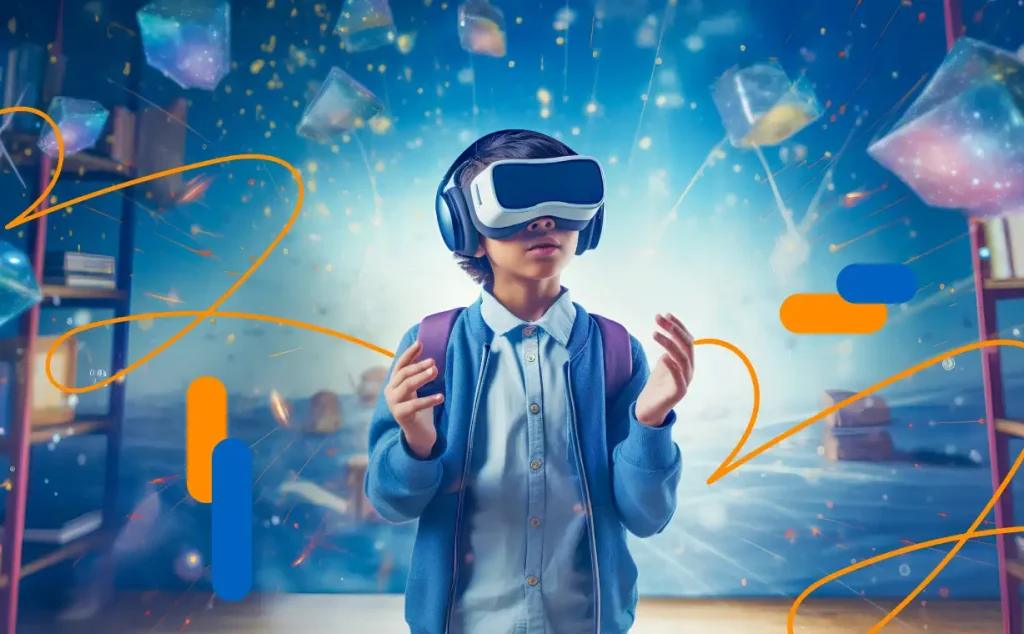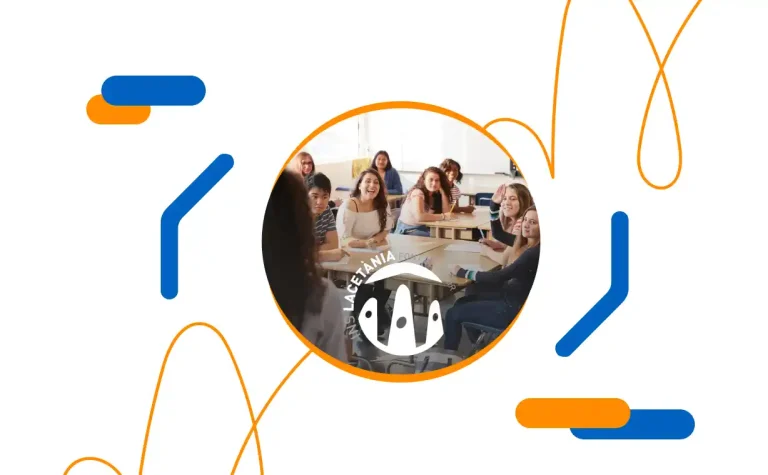Do you run an educational institution and worry that your center is not able to respond to new technological demands and needs? You are not alone. The digital transformation in education has driven centers to develop competencies and incorporate digital tools at all stages of student life.
Although the education sector foresees challenges on the road to digitalization, they are prepared to face them due to the advantages it offers, such as more enriching learning experiences or more effective teaching methods.
Challenges and advantages of digital transformation in education
The digitization of the education sector faces challenges. The most obvious one was witnessed during the pandemic: there is a large digital divide in faculty, students and environments. Online and hybrid classes showed that institutions have problems in taking advantage of, or even incorporating, technological possibilities. Difficulties that are compounded by a lack of knowledge, limited resources or a certain resistance to changing the teaching model.
But there are also challenges related to security and its risks. Considering that educational centers handle data on hundreds or thousands of students, “it is essential to address cybersecurity from the design of IT architectures and digital platforms,” says the report The education sector, in continuous technological learning (2024).
A good practice is to choose technology providers or partners that develop more secure systems, although experts stress that security risks can arise both in schools and at home. To this end, educating, raising awareness and fostering a culture of security in the educational environment must be a priority.
Digital transformation: a key to inclusion and employability
However, where there are challenges, there are also great opportunities. In-house staff and student training can help teachers design more personalized instruction and foster inclusion based on the needs of individual students by learning about their concerns and issues.
For students, it prepares them to enter adulthood and the job market. As technology advances, there are new jobs to be filled; but, in addition, companies demand digitally qualified employees who know how to respond using the available tools. Therefore, incorporating digital skills in their academic curriculum would help them to integrate as active participants in society and facilitate their labor market insertion.
The digital environment, closer than far away
Educational institutions have already begun to take advantage of technological possibilities. Below, we explain the main tools that can benefit them in the future, but also in the present;
-
Cloud Apps
In recent years, initiatives have been launched to boost digital education. Applications based on cloud services and connectivity, although general, have become indispensable in institutions, facilitating digital access to content and online class participation.
-
Generative Artificial Intelligence
In this case, there are several functionalities that make it the aspect with the greatest potential of AI in the education sector:
- Generate, correct and translate texts
- Create more enriching educational plans
- Evaluate competencies
However, it must be used to enhance students’ personal development and foster analytical, social and creative skills.
For the experts, it is essential to establish limits in the use of Artificial Intelligence and to be very cautious with “the bias in the treatment of information, to ensure that these tools are used correctly, respecting security, data protection and the rights of individuals”.
-
Electronic signature
And if the objective is to streamline processes and offer a great user experience, the best alternative is an electronic signature solution. In the education sector, it has numerous applications: enrollment signatures (scholarship applications, admission letters, validations…), studies (academic transcript requests, payment of fees, internship agreements, mobility programs such as Erasmus or SICUE…) and contracting (budget requests, invoices, expenses, personnel contracts, confidentiality agreements…).
Beyond streamlining procedures, its application is appreciated at the environmental level: by not using paper, it contributes to reducing the carbon footprint. In addition, it makes your daily life easier, since it allows you to sign anywhere, without having to go to the educational center.
Viafirma’s digital solutions also protect you against security and privacy risks. We offer you to sign documents through OTP code, which guarantees the maximum data protection through double authentication factor. You will receive a code, easily and securely, via email, SMS or WhatsApp, which you will use to confirm your transactions.
Viafirma, your tool to carry out the digitalization of education
Incorporating technological tools is the next step to be taken to digitize your institution. Therefore, trust the best professionals in the sector to do it. Viafirma’s electronic signature solutions will help you to speed up your enrollment, studies and hiring signature processes, providing you with the highest level of security and technological innovation.




